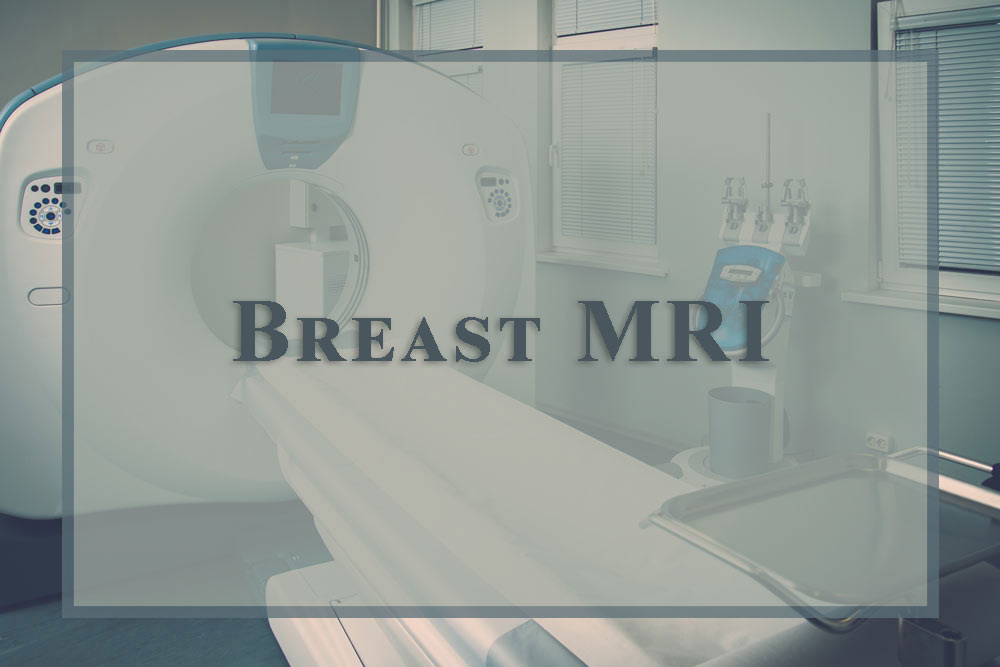
While breast MRI procedures become a widely executed technique for breast cancer screening, there are factors to contemplate. The hormone status and menstrual cycle of a woman is a vital imaging factor that should be considered.
The ideal time for a breast MRI can be looked at approximately around five and fifteen days of the cycle. This is due to the luteal phase of the period. This phase is associated with the estrogen increase and progesterone which leads to the stroma being edematous while the lobules develop. This process would lead to an increased enhancement of the menstrual cycle. This happens during the luteal stage, with the enhancement being a maximum of 7 days before menstruation. For this reason, breast MRI procedures should not be done during this time. For the mentioned reasons, performing the MRI should be done five to fifteen days after to decrease any residual enhancement.
For premenopausal women, the diagnostic advantage that can be gained would be the timing of performing a breast MRI examination. Since the breasts of a woman are less likely to show residual, hormonal activity between the stated seven and fourteenth days of a menstrual cycle would tend to produce better MRI results.
Hormonal effects in the breasts of a woman could sometimes render images as difficult to interpret. This especially applies to women with dense, fibrocystic breasts.
Any test that may result in difficulty for interpretation should be repeated or postponed to a time where physical conditions are more appropriate and better images can be acquired.
Choosing the right machine for the situation is also a factor that would contribute to the creation of better images. Additionally, this could be done while ensuring patient care and comfort. The GE 3T MRI certified and guaranteed by GE is one of the most efficient MRI systems available.
Amber Diagnostics issues used and refurbished medical imaging equipment at high quality. By striving to ensure client satisfaction, customized services are also offered to produce the best results for patients and provide a better workflow.

